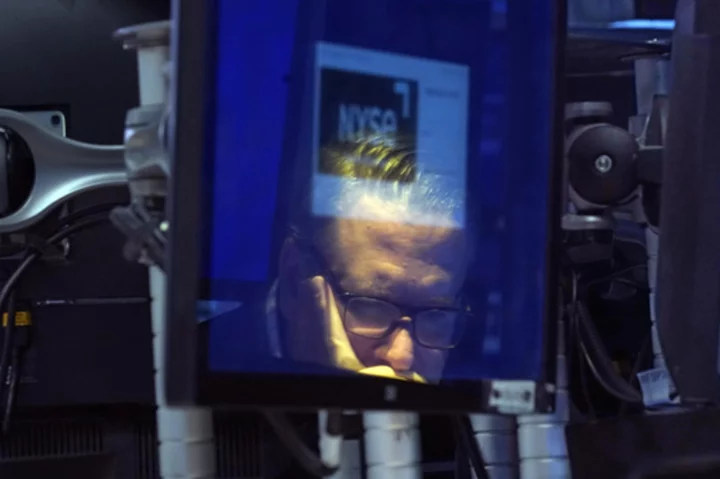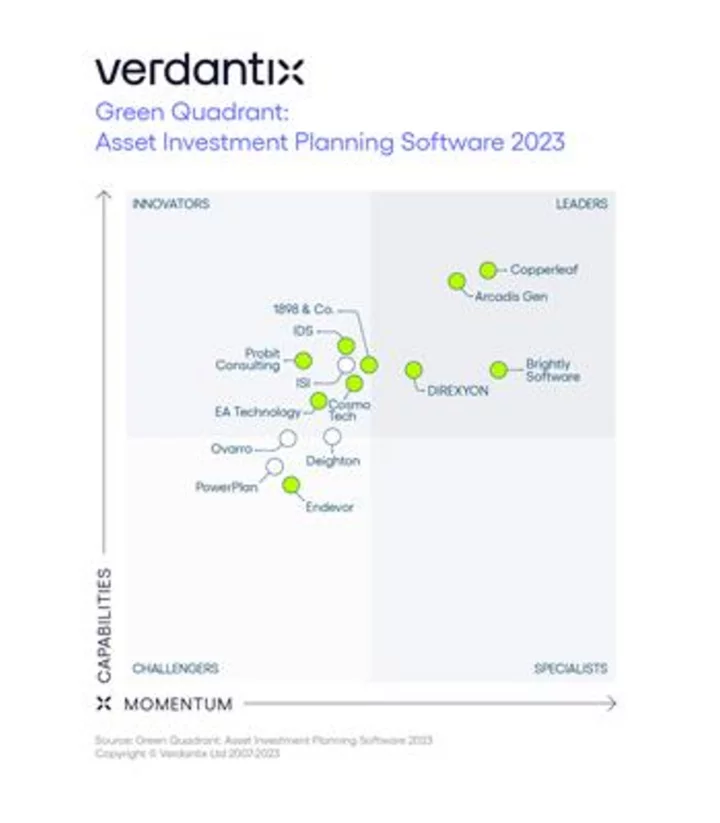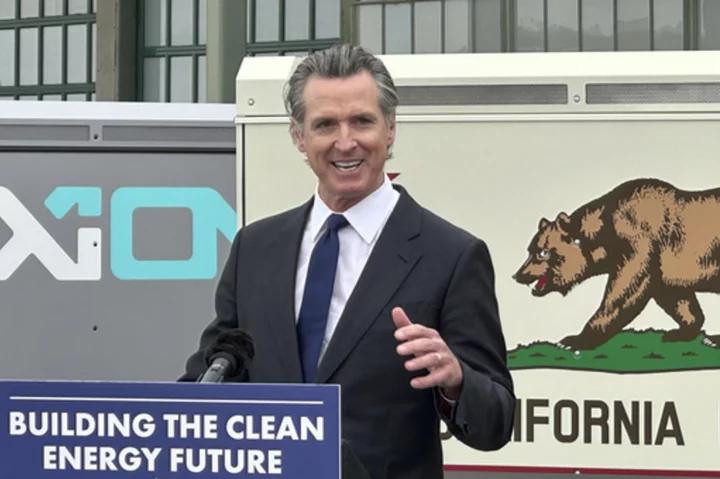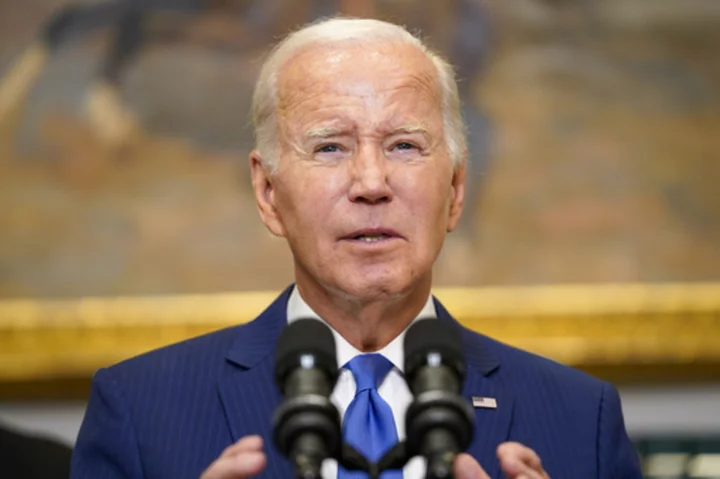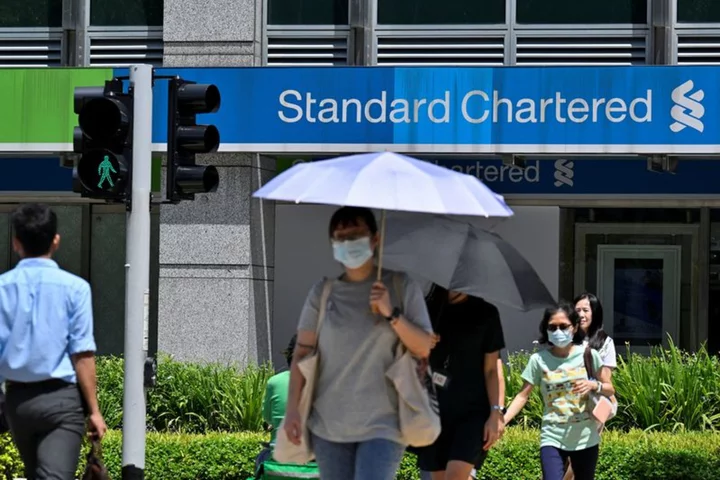Wall Street is holding a bit steadier Friday following an encouraging profit report from Amazon, one of its most influential companies, and a reading on U.S. inflation that came in within expectations.
The S&P 500 was 0.2% higher in early trading, coming off its ninth loss in 11 days and its lowest level in five months. The Dow Jones Industrial Average was down 56 points, or 0.2%, as of 9:40 a.m. Eastern time, and the Nasdaq composite was 0.9% higher.
Stocks have struggled recently for a couple reasons: Several Big Tech stocks tanked following profit reports for the summer, and rising Treasury yields in the bond market tightened their vise on Wall Street.
The market got some relief after Amazon rose 6.7% following its profit report. Both its profit and revenue for the summer were better than expected. As one of the most massive companies on Wall Street, Amazon’s stock movements carry huge weight on the S&P 500 and other indexes.
It’s one of the “Magnificent Seven” Big Tech stocks that was responsible for much of the stock market’s climb early this year. But those huge gains also meant big expectations built for them, and Alphabet, Tesla and Meta all fell sharply following their latest reports.
Intel, which is outside the Magnificent Seven, was also helping to support the market. It rose 8.4% after reporting much stronger profit for the summer than analysts expected.
Big Tech stocks have faced an additional challenge as Treasury yields have soared since the summer. When bonds are paying more in interest like that, prices for most investments fall because investors suddenly have more alternatives for their dollars. Among the hardest hit are stocks seen as the most expensive or requiring their investors to wait the longest for big growth.
That hits stocks like Big Tech, biotechnology and other high-growth areas in particular.
The yield on the 10-year Treasury was ticking higher Friday following a suite of data on the U.S. economy. It rose to 4.85% from 4.84% late Thursday.
A report showed that the measure of inflation preferred by the Federal Reserve remained high last month, but within economists’ expectations. It also showed spending by U.S. consumers was stronger than expected, even though growth in their incomes fell short of forecasts.
Added all together, the data didn’t change Wall Street’s expectations for the Federal Reserve’s next move on interest rates.
The Fed has yanked its main interest rate above 5.25% to its highest level since 2001 in hopes of slowing the economy and hurting investment prices enough to starve high inflation of its fuel. But it’s been on hold recently, keeping rates steady at its last meeting in September.
The overwhelming expectation is for the Fed to hold rates steady again next week, and Wall Street is beginning to prepare for rates to stay high for a long time.
The 10-year yield has been catching up the Fed’s main overnight interest rate as the economy remains remarkably solid and as worries rise about how much debt the U.S. government is taking on to pay for its spending.
The swift rise, up from less than 3.50% in the spring to more than 5% earlier this week, has sent prices tumbling for older bonds already trading in the market.
In the biggest picture, the “bond bubble has popped” following years of ultra-low yields, according to Michael Hartnett, investment strategist at Bank of America.
But he also warned that markets can remain stuck in trading ranges for a long time before making major recoveries, such as Japanese stocks after 1989 or dot-com stocks after 2000. He said in a BofA Global Research report that bond yields may not have a long-term run back lower until Washington, D.C. gets “serious about fiscal discipline.”
In stock markets abroad, indexes were mixed in Europe after rising more solidly in Asia.
___
AP Writers Zimo Zhong and Matt Ott contributed.

